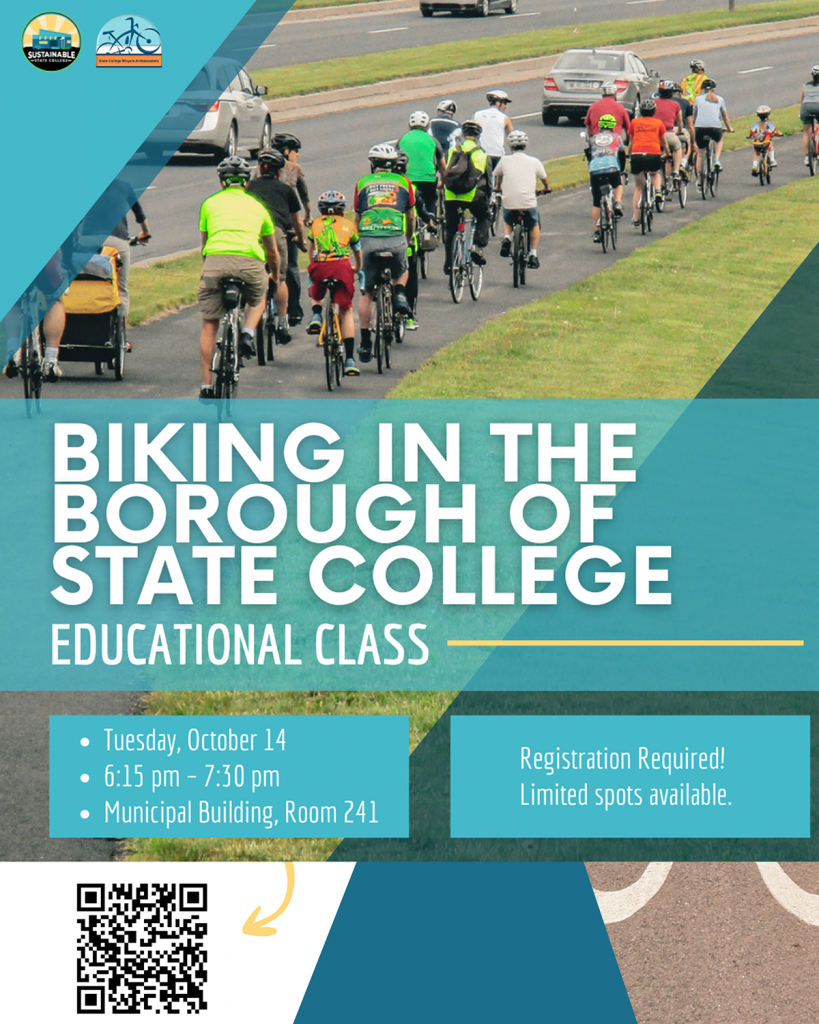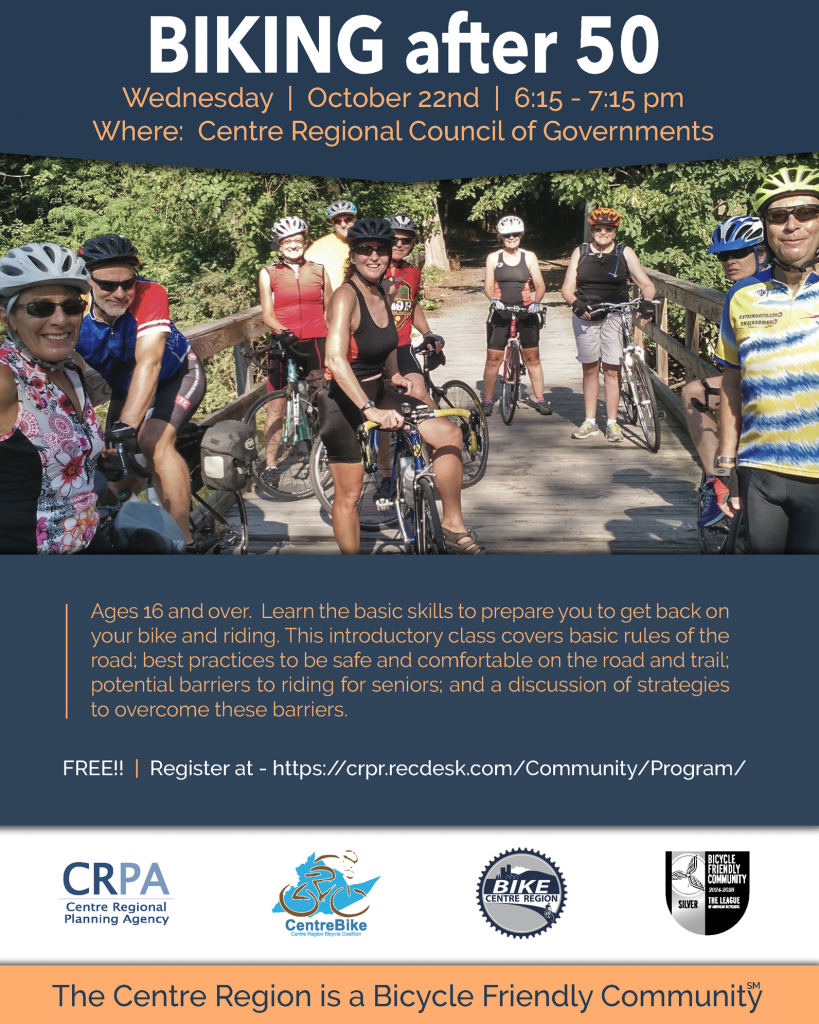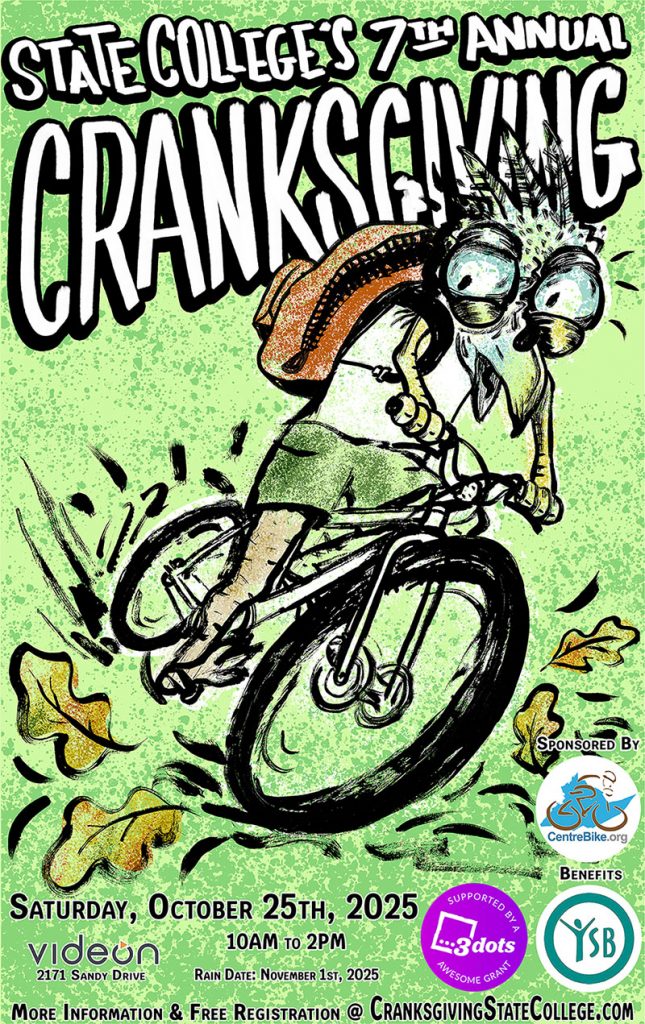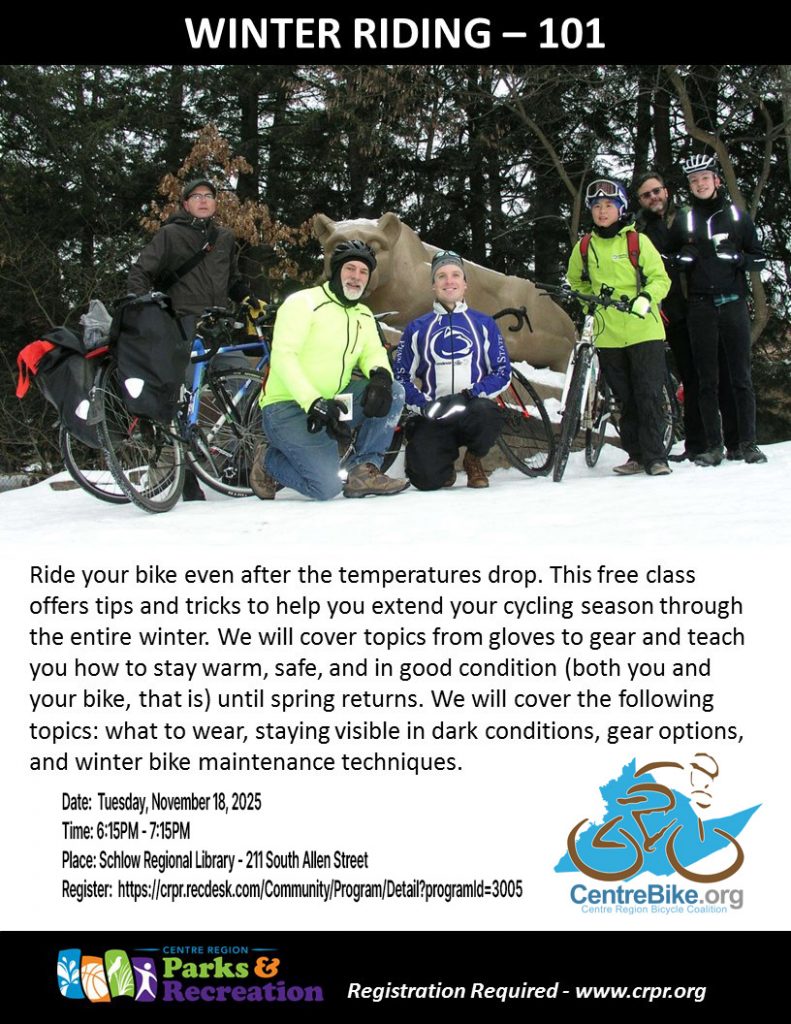Use of the “War on Terror” since 9/11 to Discriminate
Against Bicyclists, Pedestrians, and Mass Transit Riders
Paul K. Simpson, M.D.
In 2000, in response to the worsening obesity epidemic, the U.S. Centers For Disease Control issued a call to action recommending that NGO’s and all levels of government develop and implement programs to help reverse the parallel trends of decreasing physical activity and increasing obesity and diseases related to obesity among the U.S. population. Data was released graphically demonstrating the “obesification” of U.S. residents with over two thirds of American adults now being overweight and over one third obese. In 2001, immediately after assuming office, Vice President Dick Cheney convened the National Energy Policy Development Group consisting primarily of representatives from major US energy corporations including Enron and Halliburton. The full list of “advisors” and the content of the meetings has remained secret, but it is known that although the task force had over fifty members, not a single environmental or alternative transportation group was invited. The recommendations of the task force were adopted by the Bush administration and enacted as the U.S. National Energy Policy. The policy had no provision for improving fuel efficiency or promoting energy-saving and health-improving alternative means of transportation.
Immediately after the terrorist attacks of September 11, 2001, U.S. President, George W. Bush declared, “You’re either with us, or you’re with the terrorists.” Unfortunately, the attacks have subsequently been used by authorities as an excuse to mount a war against those attempting to use non-automotive means of transportation.
No terrorist attack has ever been carried out in the U.S. using bicycles, but after 9/11, managing authorities of many high-rise buildings which had required that bicycles be transported in freight elevators implemented outright building-wide bans on bikes citing “security reasons.” Trucks have been used in terrorist bombings, but no restrictions were implemented for trucks in buildings with parking garages and loading bays. Security “experts” also recommended that steps be taken to prevent terrorists accessing bridge support structures. First, fences were put in place along bridge sidewalks and bike paths to keep “terrorist” bicyclists and pedestrians from climbing over rails to access bridge supports. Later, bike and pedestrian ways were closed altogether. It is no longer possible to walk or bicycle across many of the major bridges in the US.
At the local level, my town of State College, Pennsylvania, is planning a new transit depot. During discussion in the planning committee of bicycle facilities, one of our borough councilors resisted the placement of bicycle parking within or adjacent to the building, stating that bicycles could be used as bombs in a terrorist attack. This objection completely disregarded the fact that the facility will be entered many times every day by trucks, buses and cars, all of which have been involved in terrorist attacks in the U.S. When challenged, the councilor admitted that the recommendation that bicycles not be allowed near buildings had been conveyed to her during an anti-terrorism training session provided to borough staff by the U.S. Department of Homeland Security. Whether willful or part of our culture’s irrational blindness to the dangers of motorized transport, we are seeing this attitude repeatedly result in exclusion of bicycles and pedestrians from public facilities, even facilities designed to serve only bikes and pedestrians.
“This Bike is a Pipe Bomb” is the name of a punk/folk band from Pensacola, Florida. Their music emphasizes themes of peace and equality. In 2001, An Austin, Texas policeman arrested a woman at a peace rally because a sticker bearing the band’s name was on her bike. She was later released after police confirmed the existence of the band.
On March 2, 2006 an Ohio University policeman reported a terrorist bomb chained to the Oasis restaurant The bomb was in the form of a bicycle adorned with the band’s sticker. Despite assurances from the bike’s owner, a graduate student, that the sticker was just the name of his favorite band, the area was cordoned off, and the campus was closed. The Athens, Ohio bomb squad removed the bike and used explosives to destroy it in a remote area. The owner was arrested as a terrorist and charged with inducing panic. The charges were later dropped, and the owner was compensated for the bike. On March 14 that same year, Bellamine Hall at Saint Joseph’s University in Philadelphia was evacuated because of a bicycle with the band’s name painted on it.
On February 16, 2009, the terminal at Memphis International Airport was evacuated after a pilot notified police that he had seen a bike with the band’s sticker on it. K9 units were sent in, but no explosives were found. The bike owner was arrested as a terrorist, but was released hours later because police could not determine that a crime had been committed. A few days later, the lead singer of “This Bike is a Pipe Bomb” urged fans to use caution with the band’s stickers.
Reclaim the streets began in London in 1996 with a “street party” to encourage the city government to convert a large disused street to a city park. Their innovative tactics and general appeal resulted in a popular movement which soon spread globally. In the US the movement manifested as block and intersection parties to draw attention to degradation of quality of life in urban neighborhoods caused by noisy and aggressive motor traffic traveling at excessive speeds. Unfortunately, a few kids partying in the street was seen as such a threat to the American way of life, that in 2003, Reclaim the Streets was included by U.S. Attorney General John Ashcroft in his list of 100 top terrorist organizations to be targeted by the FBI for surveillance and disruption.
The Flying Rutabaga Cycle Circus is a group of performance artists who tour by bicycle each summer with puppet shows, plays, and circus acts to educate on environmental themes. In 2003, the theme was the dangers of genetically modified foods. The start of the 2003 tour was to be at the Biodiversity Conference in St. Louis, the home of Monsanto. The conference was to be in answer to a biotechnology conference being hosted at the same time for corporations and government officials by Monsanto, the largest producer and marketer of genetically modified food. A group of artists living in St. Louis had offered to host the circus during their visit. On arrival, they all went to dinner. On returning, the Rutabagans and the resident artists were brutally arrested by the St. Louis police who had broken into the house. They were freed by attorney intervention after 48 hours. When they got their possessions back, their puppets and artwork had been destroyed, their bike tires were slashed and the bikes damaged, and their clothing had been urinated upon. The police claimed they had been acting on a tip that terrorists were staying in the house.
Bike Pittsburgh works to support community cohesion, alternative transportation, and sustainability with a wide range of programs. The organization holds a weeklong bikefest annually. In 2005, Bikefest culminated in a day-long carfree conference. After several years of diligent work. The group had secured $1.2 million in federal transportation and matching funds as well as municipal support, and a donated building under a bridge downtown for a commuter bike station to include showers, secure bike parking, and a bike repair station. The U.S. Department of Homeland Security has blocked the bike station plan citing an anti-terrorism policy which forbids any new facilities under bridges. At the carfree conference, David Hoffman, president of Bike PGH, declared that he now worries he may have been declared a terrorist because the definition of terrorist in the USA PATRIOT act includes anyone who makes public statements against oil companies.
In May, 2004, New York City began to encourage the public to plan to avoid using cars in Manhattan during the week of the Republican National Convention to be held in August. Groups advocating alternative transportation such as Transportation Alternatives and Times Up! were enlisted by the Mayor’s office to assist in a campaign to encourage bicycling, walking, and use of mass transit during the convention. Seeing an opportunity to further their cause, the advocacy groups signed on and began working for the errort.
In spite of this seeming willingness to cooperate with alternative transportation users, a massive mobilization of police trained in military tactics was undertaken using the “Miami Model”. The Miami Model is the brainchild of John Timoney who rose through the ranks to become New York’s Chief of Police in 1994. He was head of the Philadelphia Police Department in 2000 when police brutality against peaceful demonstrators at the Republican National Convention generated numerous civil suits against the city as well as criminal charges against police officers. In 2003, the Bush administration diverted to the City of Miami, $8 million from money authorized by Congress for the war in Iraq. This money was to be used by the city as part of the “War on Terror” to develop an aggressive program for domestic policing using military tactics in dealing with protestors. Timoney was immediately hired as the Miami Chief of police.
The Miami Model was unveiled at the November, 2003 demonstrations against the Free Trade Area of the Americas in Miami. The tactics used included:
– a massive media and news campaign to paint the demonstrators as violent anarchists and terrorists and to warn “law abiding citizens” to stay off the streets during the FTAA meetings,
– extensive fencing to corral protestors,
– use of dogs, pepper spray, tear gas, and rubber bullets against peaceful demonstrations,
– use of undercover police disguised as demonstrators to provoke violence and to brutalize peaceful protestors,
– search and seizures, especially of bicyclists and pedestrians, without cause throughout the city,
– “preemptive arrest” of potential demonstrators,
– use of mainstream reporters “embedded” with police units, and
– targeting of independent reporters for assault and arrest.
Despite prominently displayed press credentials, Ana Nogueira, producer of of Democracy Now! was arrested along with two other independent journalists as soon as they arrived to cover the protest. Other reporters were beaten by police and shot with rubber bullets and guns firing wooden blocks, severely wounding some.
Immediately following the 2003 FTAA meetings, Timoney was hired by Mayor Bloomberg as a consultant to the NYPD to develop plans for the upcoming Republican National Convention using the Miami Model. After months, of “consulting” Timoney resigned in July, 2004 in the face of increasing criticism and media attention to the previous year’s events in Miami.
Critical Mass began in San Francisco in 1990. It is a celebration of bicycling and a call for respect and better, safer facilities for bicyclists. The “mass” meets on the last Friday of each month. The ride is spontaneous, having no leader or determined route. It has been occurring monthly in Manhattan for 10 years, and had always been supported by police who blocked auto traffic at intersections and acted to ensure the safety of riders. The atmosphere had been festive and non-confrontational. On August 27, 2004, the day before the start of the Republican National Convention in Madison Square Garden, 5000 riders joined Critical Mass. The ride went peacefully for over an hour, but around 9 pm, police diverted the mass into a dead end side street, and without warning, began knocking riders down, brutally arresting them, and confiscating their bikes. After being knocked down, cyclists were charged by groups of police wielding metal sidewalk barriers to pin them against walls. Their hands were then tied through the bars, and the barriers were dropped to the sidewalk to hold the arrestees for later processing and placement in paddy wagons. Cyclists were then held without due process for up to four days in holding pens in a pier which had been condemned due to asbestos and chemical contamination.
On Sunday, August 29, hours before the massive permitted demonstration in Manhattan, without prior notification and without providing justification, the NYPD instituted a “bikes frozen zone” between 34th and 59th streets west of 6th Ave, allowing motor vehicle traffic, but forbidding bicycles and bicycling. At the same time, all subway lines and bus routes to the area were shut down, effectively freezing transit in Manhattan. Bicyclists attempting to get to the demonstration were diverted onto side streets by police roadblocks. Plainclothes police on motor scooters attacked the cyclists by riding at high speed into their midst and knocking them off their bikes.They were then attacked, brutalized, and arrested by police waiting on the sidewalk and in vans.
Following the Republican National Convention, hundreds of lawsuits were filed against the city and the NYPD regarding violations of first amendment rights, brutality, preemptive arrests, confiscation of legally parked and locked bikes (essentially constituting theft), illegal detentions, and disruption even of permitted demonstrations. The New York Police Department has been shown on numerous instances to have falsified evidence and committed perjury against bicyclists arrested during the RNC. Many of the arrestees were simply riding to or from work or restaurants and had no involvement in protests. On the night of the Critical Mass arrests, Alexander Dunlop was riding his bike to his favorite sushi restaurant when he found himself trapped in an area cordoned off by police. When he asked a police officer which way he should go to exit the area, he was arrested and charged with disorderly conduct and resisting arrest. Video evidence provided by NYC prosecutors, when compared by I Witness Video, to the same video from another case, was found to have been altered to exclude a segment showing Dunlop peacefully submitting to arrest. The complete video from the other case also confirmed Dunlop’s contention that the officer who provided a sworn affidavit of Dunlop’s resistance had committed perjury. Not only was the testifying officer not the officer who had arrested Dunlop, but he was not even present at the scene. The new video clearly showed Dunlop being arrested by a female officer who was not listed in NYPD records as the arresting officer. All charges against Dunlop were dropped. Hundreds of other cyclists have subsequently been exonerated in similar circumstances through the work of I Witness Video.
The NYPD has continued to aggressively harass and disrupt the monthly New York City Critical Mass rides. On October 25, 2004, NYC filed a lawsuit requesting an injunction which would require a permit for the rides. Since the rides are leaderless and unorganized, Times Up! And individuals arrested filed a countersuit arguing that what the city was asking, in essence, was that bicycling without a permit be judged illegal. On November 20, a Federal judge ruled that the city could not confiscate legally parked bikes, nor could it prevent the Critical Mass rides form taking place. The November 30 Critical Mass was again disrupted, and riders were brutalized. The City of New York has subsequently been found in contempt of court, and a final ruling has declared that the NYPD cannot stop or disrupt the rides. The behavior of the police, however, has not changed. The police have taken to declaring a “ride route” and posting and handing out notices such as this one advising that Critical Mass riders who do not follow the printed rules of the NYPD will be subject to arrest.
Following the London terrorist bombings of 7/7/05 which killed fifty and injured several hundred, there was a sudden increase in bicycling in Britain as people attempted to avoid mass transit. Bicycle sales in London shot up 150%, and the numbers of cyclists on London streets quadrupled. The exodus from London transit was fueled not only by fear of terrorist attacks, but also by fear of the new “shoot to kill” anti-terrorism policy adopted by London police which soon resulted in the shooting of an innocent electrician in the subway on his way to work. Two weeks later, the Victoria Transport Policy Institute published an analysis of the relative risk of driving vs. riding mass transit. The paper pointed out that the number of people killed and wounded in the terrorist attacks equaled the number killed and wounded every six days in crashes on British roads. Even factoring in the terrorist attack fatalities, the risk of death for UK transit passengers is 1/20 the risk of death for auto occupants. London city officials became concerned by a sudden 90% increase in numbers of traffic violations committed by cyclists, although an increase in violations is to be expected from a quadrupling of bikes on the streets. Nevertheless, in the face of numerous complaints, primarily from taxi cab drivers, the city felt compelled to act, launching a massive crackdown on cyclists by handing out tickets with 30 pound fines.
Meanwhile, in the U.S., we saw the devastating result of decades of corporate and government policy which discriminates against those who do not own cars by dismantling our public transportation system while heavily subsidizing motor vehicle use. The evacuation plan for New Orleans, developed at a cost of over one million dollars, consisted of nothing more than advising residents to drive their cars to safety in the event of an emergency. Over 1/3 of New Orleans residents do not own cars. By the time the evacuation order for Hurricane Katrina was issued, the bus and train services out of New Orleans had already been shut down. The last Amtrak train to leave New Orleans departed not to evacuate people in the path of Katrina, but to avoid hurricane damage to Amtrak rolling stock. That train traveled to Tennessee empty of passengers.
The money which had been earmarked for levee strengthening to prevent this long-predicted disaster had been diverted by the Bush Administration to the war in Iraq, the crown jewel in the so-called “war on terror.” Bush had also reduced FEMA, the Federal Emergency Management Administration from a cabinet- level organization to a subset of the Department of Homeland Security, and its funding, expertise and resources had been largely shifted to his “war on terror.” The horrible debacle seen by the world as our government failed to respond to the disaster of Hurricane Katrina is the ultimate example of use of the “war on terror” to discriminate against users of alternative transportation.
Paul K. Simpson, M.D. is a practicing Internal Medicine physician. He is a founding member of the People’s Power Exchange, a cooperative international effort to build community by sharing cultural and material assets through developing educational bike cooperatives, earn-a-bike programs, and bicycle powered machines in an area of Tanzania economically devastated by HIV/AIDS and globalization. The group developed an exchange of Tanzanian artists and North American students to explore ways to rebuild and keep strong communities despite the forces fragmenting society. Dr. Simpson is an officer in the Centre Region Bicycle Coalition www.centrebike.org. He is CRBC’s liaison to the World Carfree Network.
For reprints contact:
Paul K. Simpson, M.D.
1301 East Branch Road
State College, PA 16801
USA
pksimp@comcast.net
570-726-7992 (office)
814-867-4266 (home)
814-574-6334 (cell)










